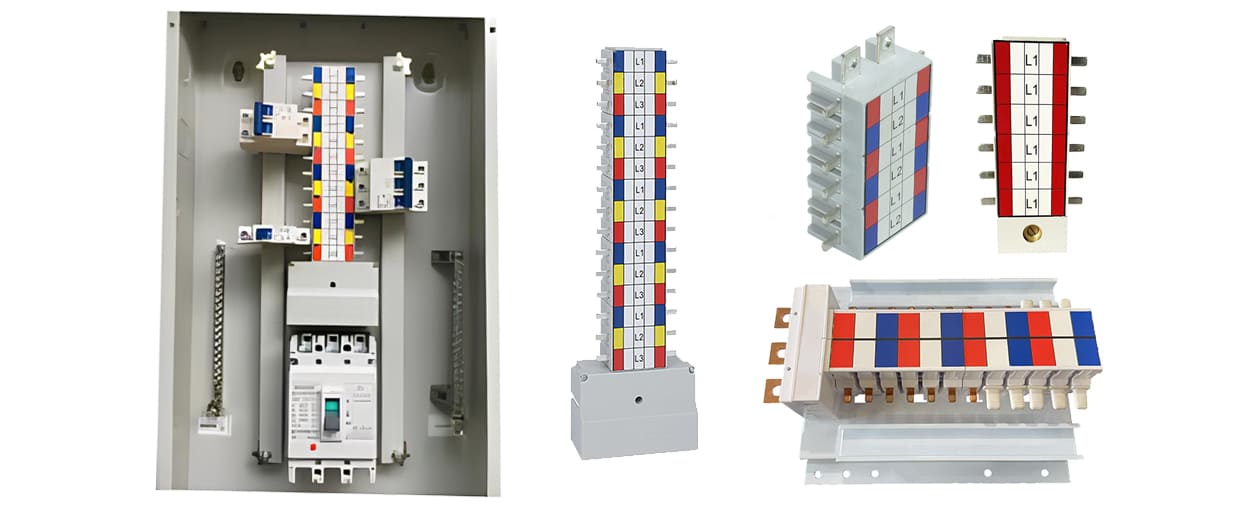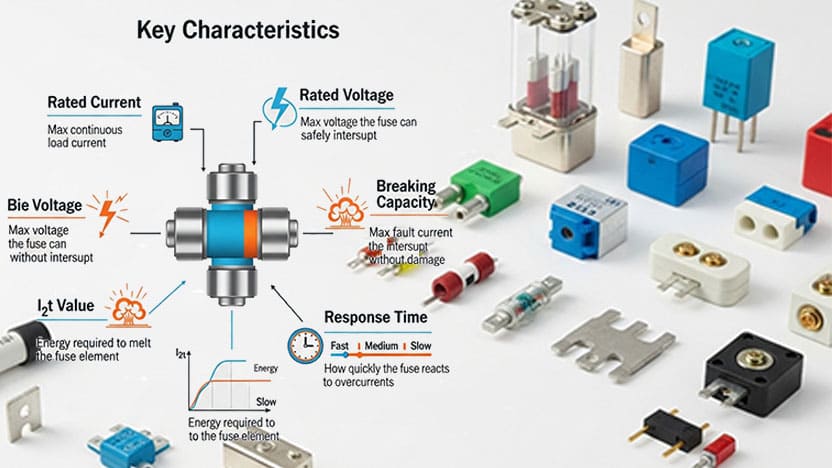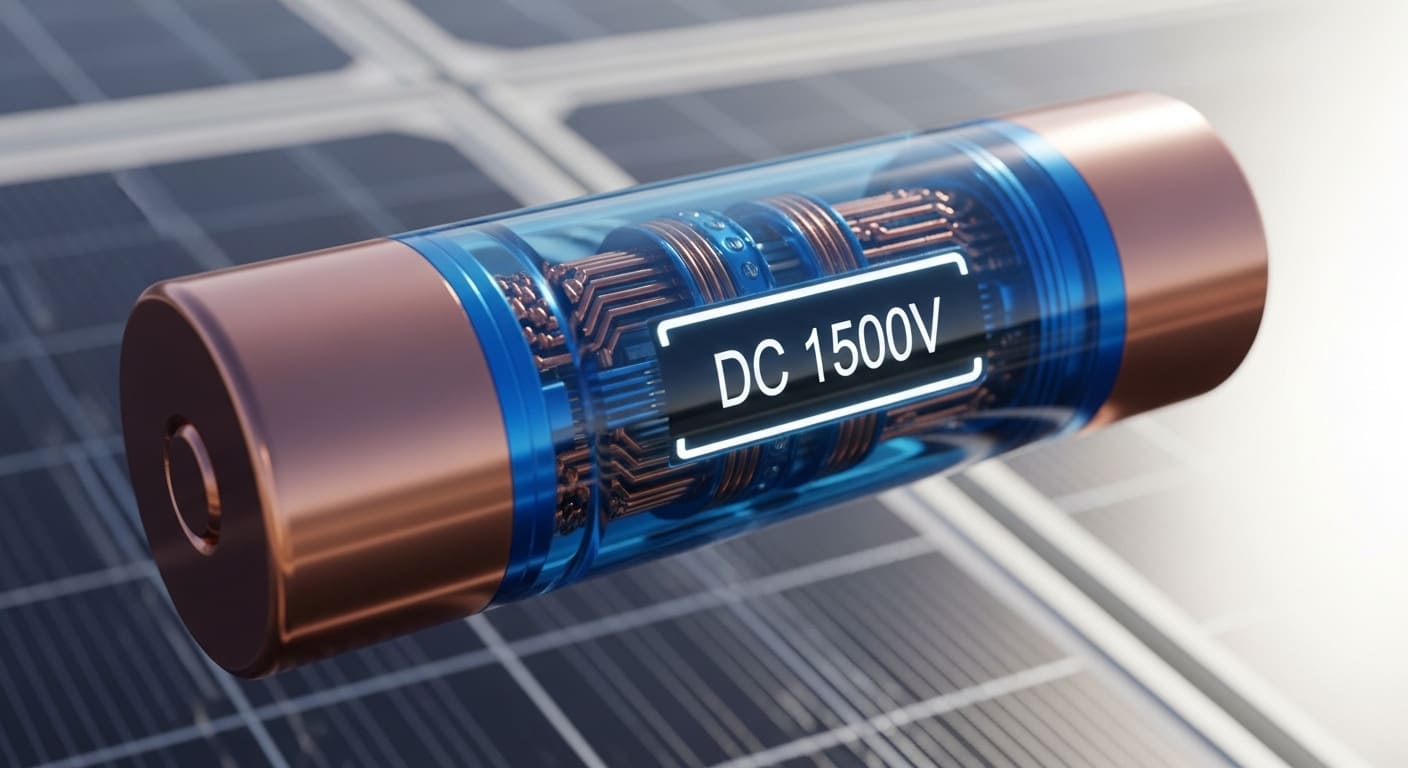Power distribution failures can cause costly production downtimes, equipment damage, and even safety hazards. Many electrical system problems stem from using improper distribution equipment or misunderstanding their core functions.
An MCCB panel board is an electrical distribution unit that houses multiple Molded Case Circuit Breakers1 (MCCBs), which provide overcurrent protection2, short circuit protection3, and isolation capabilities for medium to high current electrical systems typically rated from 100-1200A. These panels enable safe power distribution throughout industrial, commercial and large residential facilities.
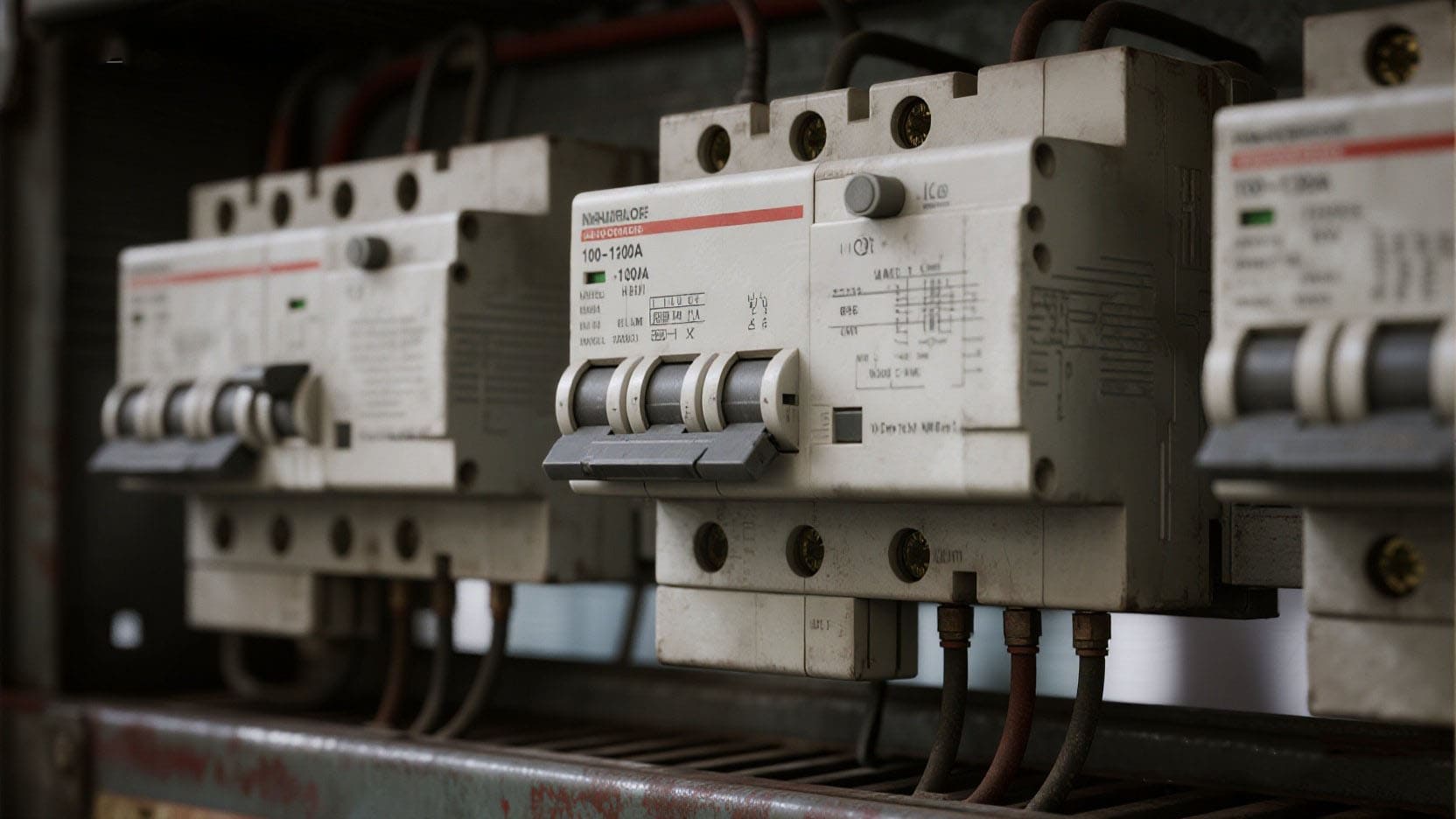
Understanding the technical aspects of MCCB panel board4s isn't just for specialists anymore. I've seen firsthand how facility managers who grasp these concepts make better decisions about their power infrastructure and avoid costly mistakes. Let's break down everything you need to know about these critical electrical components.
What is a MCCB Panel and How Does it Work in Your Electrical System?
Poor power distribution can lead to equipment failure, safety risks, and regulatory non-compliance. Without proper circuit protection5 at distribution points, electrical systems remain vulnerable to costly damage.
An MCCB panel is a power distribution assembly6 containing multiple Molded Case Circuit Breakers that provide overcurrent and short-circuit protection for downstream electrical circuits. These panels function as centralized hubs where incoming power is divided and protected before being distributed to various loads throughout a facility.
[^7] inside view of MCCB panel showing busbars and breakers](https://fuspan.com/wp-content/uploads/2025/07/7MCCB.jpg)
MCCB panels serve as the backbone of medium to large-scale electrical installations. From my experience working with industrial clients, I've found that these systems play a much more strategic role than many realize. The modern MCCB panel isn't merely a collection of breakers—it's an integrated protection system.
At its core, an MCCB panel consists of several key components:
Key Components of MCCB Panels
| Component | Function | Typical Specifications |
|---|---|---|
| Enclosure | Houses all components and provides physical protection | IP42-IP65 rating depending on environment |
| Busbars | Conduct and distribute incoming electricity | Copper or aluminum, typically rated 100A-1200A |
| MCCBs | Provide circuit protection and isolation | Various frame sizes from 100A to 1200A |
| Termination Points | Connect incoming/outgoing cables | Suitable for cable sizes up to 300mm² |
| Metering (optional) | Monitors electrical parameters | Digital or analog displays |
When power enters the panel, it first connects to main busbars, which then distribute it to individual MCCBs. Each MCCB serves dedicated circuits or equipment, providing protection through thermal-magnetic tripping mechanisms7 that respond to both overloads and short circuits. In more advanced installations, these panels also integrate energy monitoring systems8 that provide real-time data on power consumption, allowing for preventive maintenance and energy optimization.
What is the Difference Between MCB Board and MCCB Board?
Choosing the wrong breaker panel type has led many facilities to experience protection gaps, leaving expensive equipment vulnerable. Many operators discover these mistakes only after costly damage occurs.
MCB boards9 house Miniature Circuit Breakers designed for currents up to 100A, primarily protecting lighting and socket circuits in residential settings. MCCB boards contain Molded Case Circuit Breakers handling currents from 100A to 1200A with adjustable trip settings10, making them suitable for industrial loads and sub-distribution systems.
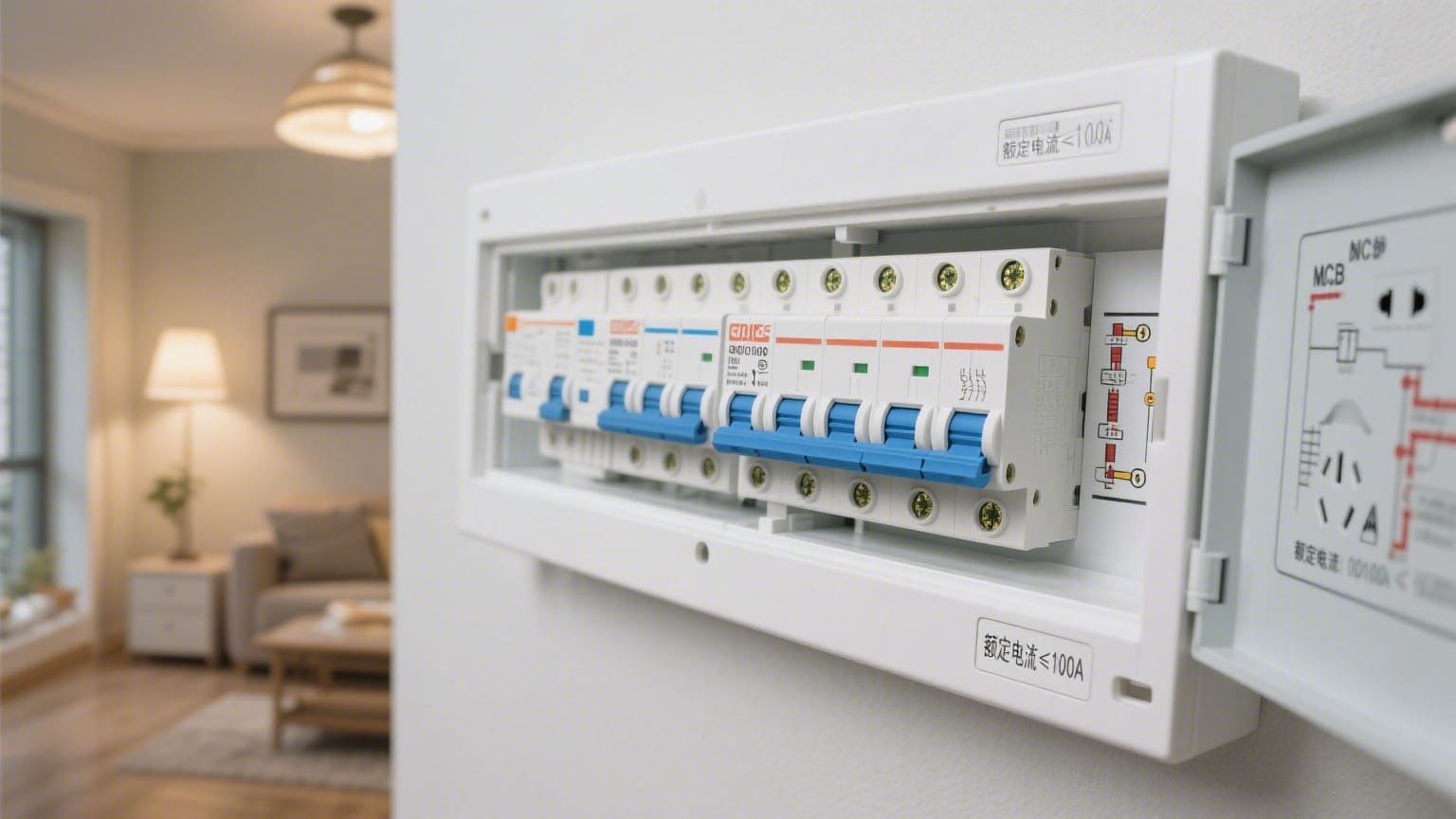
The distinction between MCB and MCCB boards extends far beyond their current-handling capabilities. When I consult on electrical system designs, I emphasize that this choice impacts the entire protection philosophy of the installation.
MCB boards are typically smaller in physical dimension and designed with DIN rail mounting systems for the breakers. These boards generally have lower fault current ratings, making them suitable for final distribution points where potential fault currents11 are limited. The MCBs themselves have fixed trip characteristics with no adjustment possibilities, which simplifies installation but reduces flexibility.
In contrast, MCCB boards are engineered for more demanding applications. They feature:
Comparative Analysis: MCB vs. MCCB Boards
| Feature | MCB Board | MCCB Board |
|---|---|---|
| Current Rating | Up to 100A | 100A to 1200A |
| Breaking Capacity | 6-10kA typically | 25-100kA |
| Adjustability | Fixed settings | Adjustable trip settings |
| Size | Compact | Larger footprint |
| Applications | Residential, small commercial | Industrial, large commercial |
| Cost | Lower initial investment | Higher initial investment |
| Installation Complexity | Simpler | More complex, often requires specialized knowledge |
MCCB boards also offer superior protection features, including adjustable thermal and magnetic trip settings that can be calibrated to specific load characteristics. This adjustability allows for precise coordination between different protection levels, creating a more selective protection scheme that isolates faults without unnecessary system shutdowns—a critical feature for maintaining operational continuity in industrial environments.
What is the Difference Between a Breaker and a MCCB?
System designers sometimes specify standard breakers for applications that require MCCB protection levels, leading to unsafe installations and equipment burnout. Understanding the fundamental differences prevents these costly mistakes.
A standard breaker (often referring to MCBs or miniature circuit breakers) protects lower current circuits up to 100A with fixed trip settings. An MCCB (molded case circuit breaker) handles higher currents (100-1200A), offers adjustable trip settings, higher breaking capacity, and additional protection features like ground fault protection12.
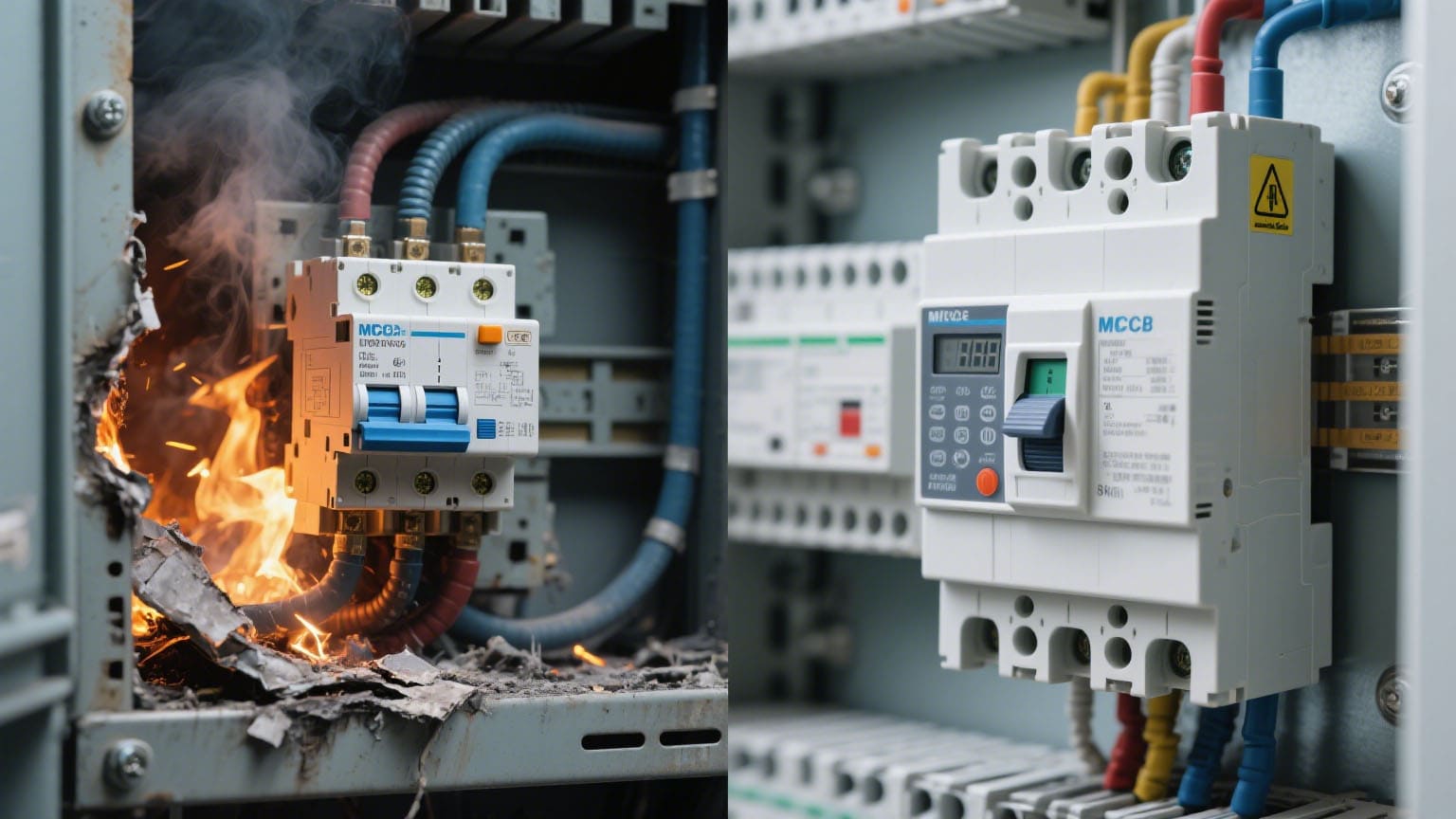
When examining breaker technologies, the distinctions become particularly important for system reliability and safety. I've frequently found that understanding these differences helps clients make more informed decisions when upgrading their electrical infrastructure.
Standard breakers (typically MCBs) are designed with simpler internal mechanisms that rely on bi-metallic strips for thermal protection and electromagnetic coils for short-circuit protection. While effective for residential and light commercial applications, they lack the advanced protection features and durability needed for industrial environments.
MCCBs represent a significant technological advancement with several key differences:
Technical Comparison: Standard Breakers vs. MCCBs
| Feature | Standard Breaker (MCB) | MCCB |
|---|---|---|
| Construction | Plastic housing with simple mechanism | Robust molded case with advanced arc extinction |
| Arc Extinction | Basic arc chutes | Advanced arc chambers with multiple plates |
| Operating Mechanism | Spring-loaded toggle | Stored energy mechanism with trip-free design |
| Trip Unit Types | Fixed thermal-magnetic | Options include thermal-magnetic, electronic, microprocessor-based |
| Coordination Capability | Limited | Excellent with adjustable settings |
| Lifecycle Operations | ~10,000 operations | ~20,000-50,000 operations |
| Communication Capabilities | Rarely available | Often available with add-on modules |
MCCBs also feature more robust construction with reinforced insulation between poles, larger contact surfaces that minimize heating, and sophisticated arc extinguishing chambers that safely contain higher energy faults. This construction enables MCCBs to withstand and interrupt much higher fault currents—often up to 100kA—compared to standard breakers that typically max out at 10kA.
Another key difference I emphasize to clients is the maintenance aspect13. Standard breakers are generally considered non-serviceable items that require complete replacement when issues arise. MCCBs, on the other hand, often have replaceable parts and can undergo periodic maintenance to extend their service life, potentially reducing long-term ownership costs despite their higher initial price.
What is the Main Purpose of MCCB?
Electrical system failures often occur when protection devices don't match actual operating conditions, leading to either nuisance tripping or inadequate protection. Proper MCCB implementation solves these common issues.
The main purpose of an MCCB (Molded Case Circuit Breaker) is to provide comprehensive electrical protection for medium to high-current circuits by combining overcurrent protection, short-circuit protection, and isolation capabilities in a single device. MCCBs protect electrical systems and connected equipment from damage caused by faults and abnormal conditions.
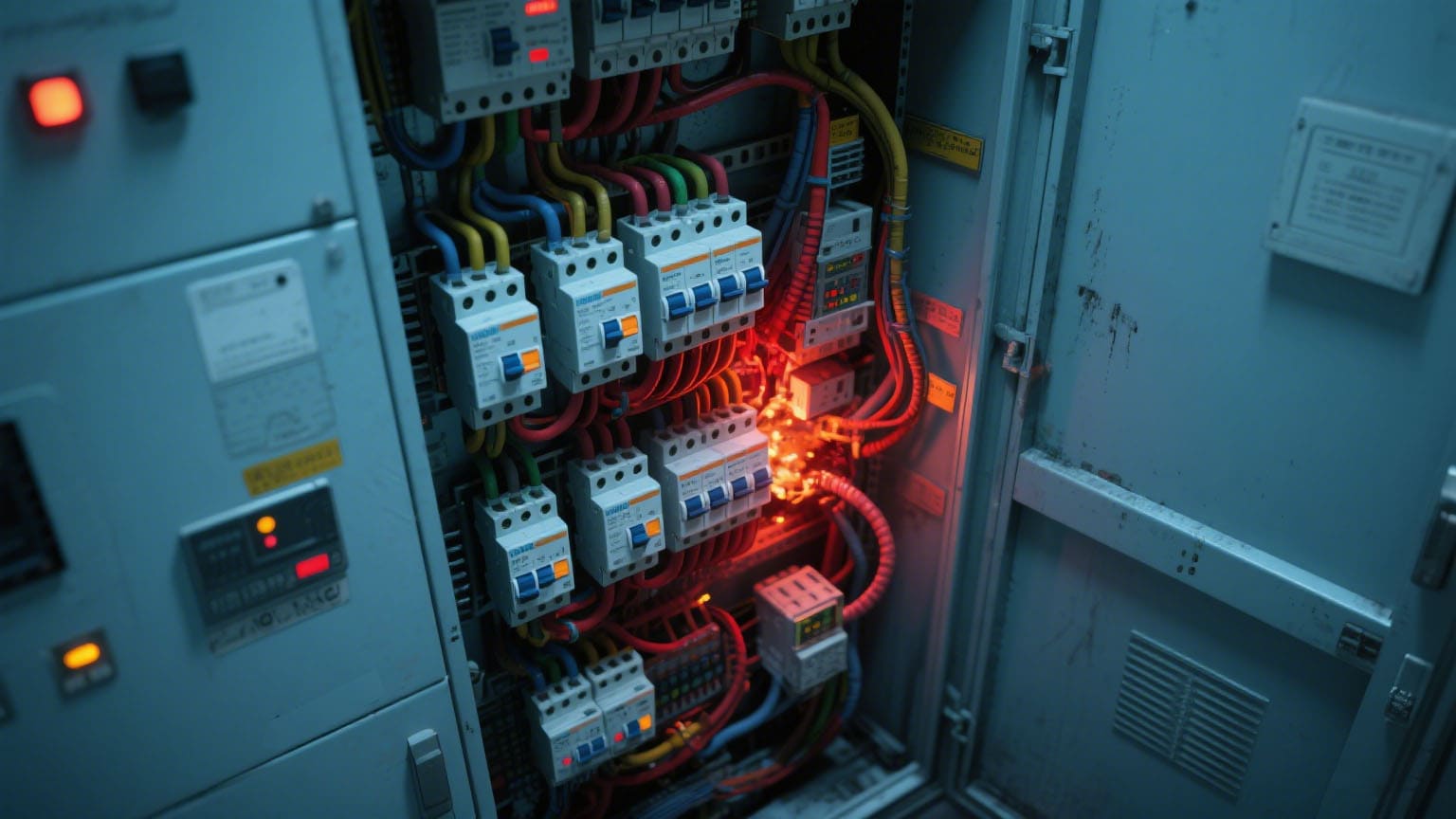
From my years of experience with industrial power systems14, I've observed that MCCBs serve multiple critical functions that collectively ensure system reliability, safety, and longevity. Their comprehensive protection approach is what makes them indispensable in modern electrical distribution systems15.
MCCBs provide a multi-layered protection strategy that addresses various electrical fault scenarios:
Primary Functions of MCCBs in Electrical Systems
| Protection Type | How MCCB Addresses It | Benefit to System |
|---|---|---|
| Overload Protection | Thermal trip unit senses prolonged overcurrents | Prevents insulation damage and equipment overheating |
| Short Circuit Protection | Magnetic trip unit responds instantaneously to high currents | Limits arc flash energy and contains fault damage |
| Ground Fault Protection (in some models) | Dedicated sensors detect current leakage to ground | Prevents shock hazards and equipment damage |
| Isolation Capability | Visible contact position and positive break indication | Ensures safe maintenance and servicing |
| Selective Coordination | Adjustable trip settings | Limits outages to affected circuits only |
Beyond basic protection, modern MCCBs have evolved to include sophisticated functions like power metering, communication capabilities for remote monitoring, and integration with building management systems. These features transform MCCBs from simple protection devices into critical components of energy management systems.
I've guided several manufacturing clients through upgrades where their MCCB installations became valuable data sources for energy optimization. For instance, MCCBs with integrated metering capabilities allow facilities to identify energy consumption patterns, detect power quality issues, and implement targeted efficiency measures. Some advanced models even provide early warning of developing problems like contact wear or increasing connection resistance, enabling predictive maintenance16 before failures occur.
Conclusion
MCCB panel boards are essential electrical distribution units housing circuit breakers that protect medium-high current systems. They offer superior protection compared to standard MCB boards through adjustable settings, higher current ratings, and advanced safety features—making them indispensable for industrial and commercial power systems.
-
Explore the functionality of MCCBs to grasp their role in protecting electrical systems from overloads and short circuits. ↩
-
Learn about overcurrent protection to understand how it safeguards electrical systems from damage. ↩
-
Discover the mechanisms behind short circuit protection to enhance your knowledge of electrical safety. ↩
-
Understanding MCCB panel boards is crucial for ensuring safe and efficient power distribution in various facilities. ↩
-
Explore the importance of circuit protection to safeguard electrical systems from faults. ↩
-
Gain insights into power distribution assemblies to better understand their role in electrical systems. ↩
-
Explore how thermal-magnetic tripping mechanisms function to protect electrical circuits effectively. ↩
-
Learn about energy monitoring systems to optimize energy usage and improve efficiency in facilities. ↩
-
Understanding MCB boards helps in making informed decisions about circuit protection in various applications. ↩
-
Explore the significance of adjustable trip settings for tailored protection in electrical systems. ↩
-
Learn about fault currents to understand their impact on electrical safety and equipment. ↩
-
Learn about ground fault protection to enhance safety and prevent electrical hazards. ↩
-
Learn about the maintenance requirements of MCCBs to ensure their longevity and reliability. ↩
-
Explore the unique features of industrial power systems to understand their operational needs. ↩
-
Gain insights into electrical distribution systems to appreciate their complexity and importance. ↩
-
Learn about predictive maintenance to enhance reliability and reduce downtime in electrical systems. ↩


